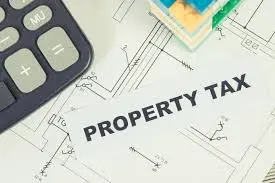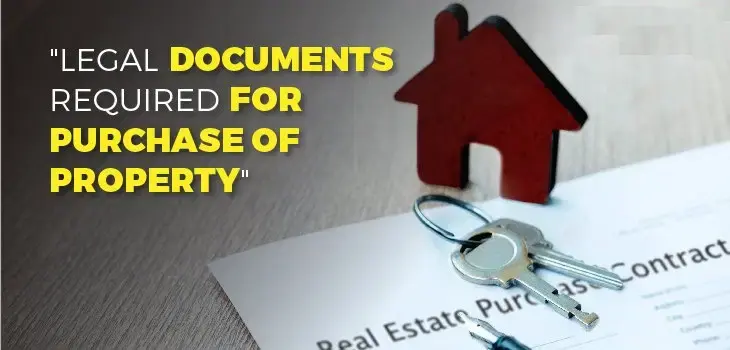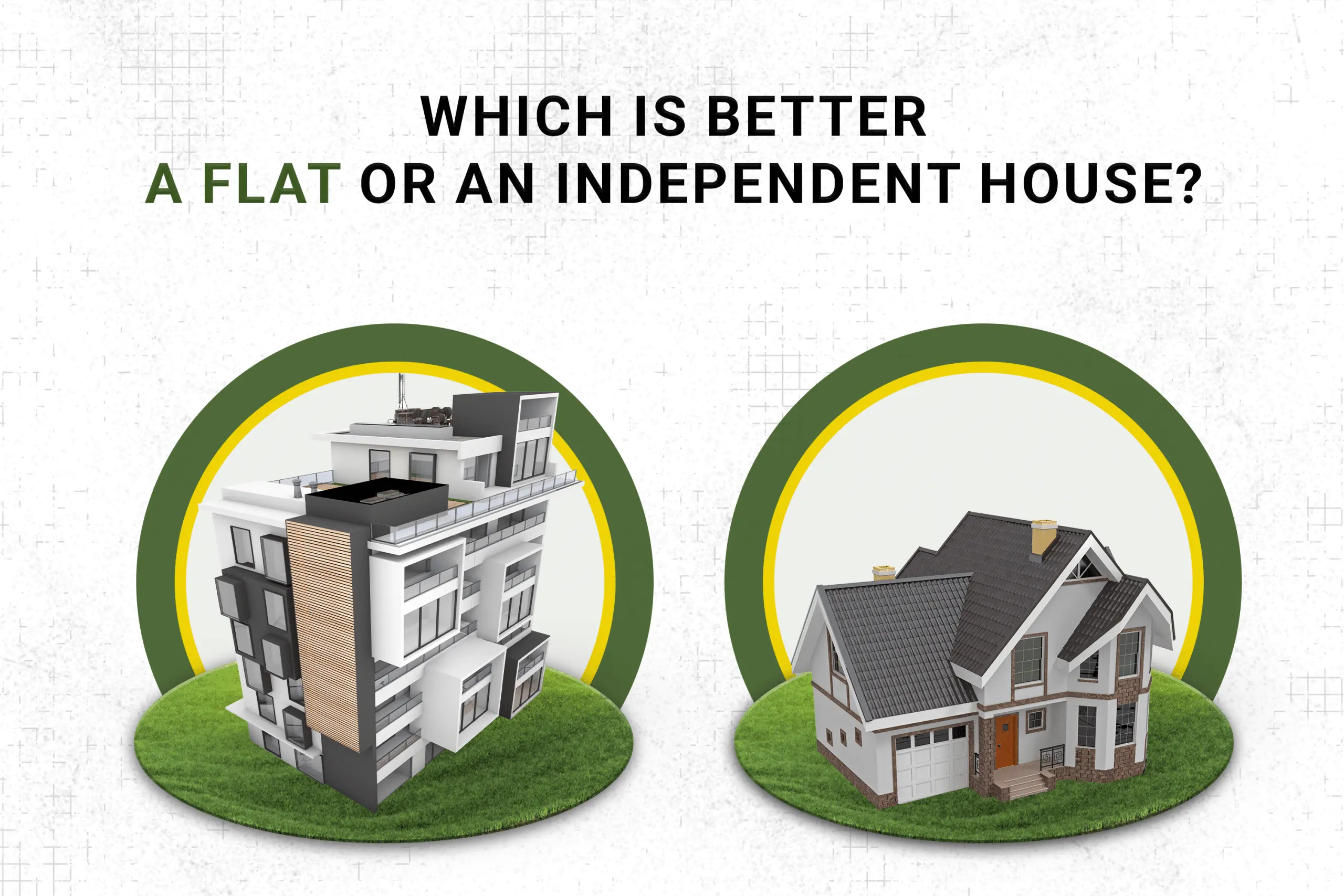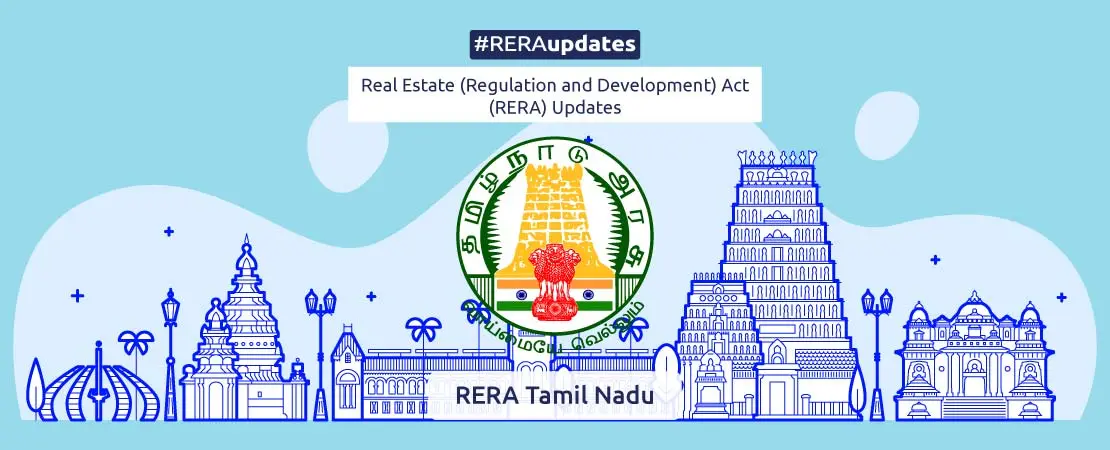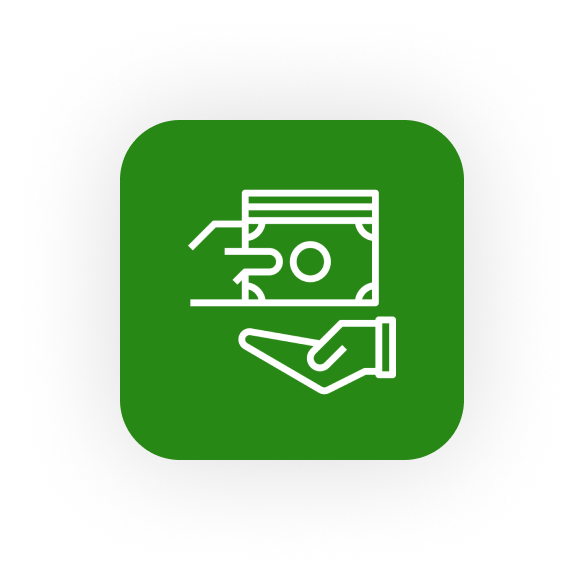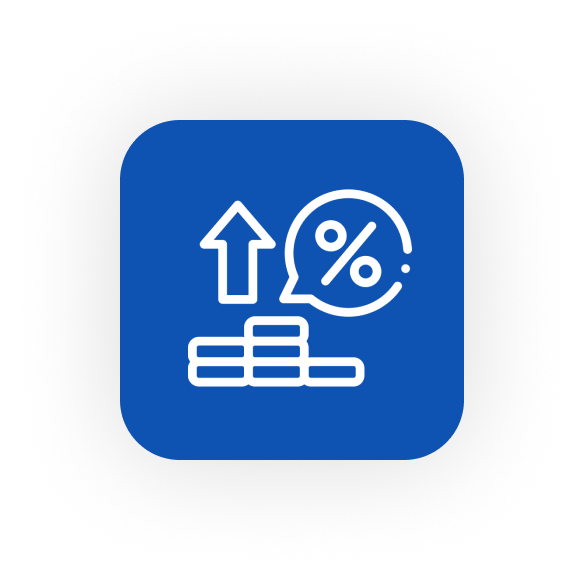Property tax in Chennai is managed by the Greater Chennai Corporation (GCC). Every property owner must ensure that all their property details are correct before paying house tax. Any mismatch in owner name, built-up area (square feet), residential/commercial usage, or building details will affect the tax amount and may cause legal issues later.
This guide explains exactly how to update / correct every property detail in Chennai with complete steps, documents, and timelines.
Why Updating Your Property Details Is Important
Before paying house tax, you must verify:
- Owner name
- Property location & door number
- Square feet (built-up area)
- Floor details
- Property type (RCC, tiled, asbestos, semi-pucca)
- Usage type (Residential / Commercial / Mixed)
- Vacant land or building
- Construction year
If these details are wrong, it leads to:
- Excess tax calculation
- Penalties for incorrect information
- Issues in selling the property
- Problems while applying for loans, NOCs, approvals, etc.
- Disputes in ownership transfer
Types of Property Updates Before Paying House Tax
You can update the following details through GCC:
- Owner name change / correction
- Built-up area (square feet) correction
- Residential ↔ Commercial usage change
- Door number update
- Correction in zone/ward/sub-division
- Demolition update (building removed)
- New construction addition
- Vacant land to building conversion
- Adding or removing floors
- Change in construction type
Where to Update Property Details?
All updates must be done through:
GCC Zonal Office → Revenue Department
Each zone has an:
- Assistant Revenue Officer (ARO)
- Revenue Inspector (RI)
- Assessment Section
Online updates are very limited. Most corrections need offline verification.
1. Updating Owner Name in House Tax (Name Transfer / Name Correction)
Documents Required
- Latest Sale Deed / Gift Deed / Partition Deed / Settlement Deed
- Encumbrance Certificate (EC)
- Aadhaar Card of new owner
- Previous owner’s death certificate (if applicable)
- Legal Heir Certificate (if inherited)
- Latest property tax receipt
- Application form (available at the Zonal Office)
Process
- Visit your Zonal Office Revenue Department
- Fill the Name Transfer Request Form
- Attach supporting documents
- RI verifies the ownership by property visit/records
- ARO approves the new name
- Updated name appears in the online property tax portal
Time Taken: 7–30 days
2. Updating Square Feet / Built-Up Area (Reassessment)
This is required when:
- You constructed an extra floor
- You extended your building
- You demolished parts of the structure
- The existing sq.ft shown in GCC records is wrong
Documents Required
- CMDA/GCC Building Plan Approval
- Completion Certificate (if new building)
- Engineer’s Certificate for measurement
- Construction photographs
- Sale Deed
- Old assessment copy / old tax receipt
Process
- Visit the Zonal Office → Assessment Section
- Submit Reassessment / Sq.ft Correction Application
- RI & AE (Assistant Engineer) visit your property
- Physical measurement is taken
- New sq.ft and floor details are updated in the GCC system
- Revised tax is generated for the next cycle
Time Taken: 15–60 days
Important: If the actual built-up area is greater than the approved plan, the Corporation may charge revised tax and penalties.
3. Updating Property Usage Type (Residential / Commercial / Mixed)
Usage type directly affects tax amount:
- Residential → lower tax
- Commercial → higher tax
- Mixed use → combination of both
Update usage type if:
- Property is wrongly marked commercial
- You closed your business
- You started commercial activity at home
- You rent out the ground floor for shops / offices
Documents Required
- Electricity bill (domestic/commercial)
- Rental agreement
- Business license (for commercial)
- EC + old assessment copy
- Self-declaration form
Process
- Submit a Usage Type Correction Form at Zonal Office
- RI visits for inspection
- ARO updates the classification
- New tax amount is adjusted accordingly
Time Taken: 15–45 days
4. Updating Door Number / Address Correction
If your door number changed due to Corporation renumbering or a new subdivision:
Documents Required
- GCC Door Number Allotment Letter
- Sale Deed
- Old tax receipts
- Address proof
Process
- Submit Door Number Change Form
- RI verifies the new number
- ARO updates it in the tax database
Time: 7–21 days
5. Updating Demolition Details (Convert to Vacant Land Tax)
If you demolished your building:
Documents Required
- Engineer’s Demolition Certificate
- Photographs before & after demolition
- Old tax receipts
- Electricity disconnection proof (optional)
Process
- Submit demolition request
- RI verifies site condition
- Tax category changed to vacant land tax (VLT)
6. Adding New Construction / New Building Assessment
If you completed a new building:
Documents Required**
- Building approval
- Completion certificate
- Building photos
- Engineer’s measurement certificate
- Patta / Sale deed
Process**
- Submit “New Assessment Request”
- RI & AE measure the building
- GCC fixes new assessment number
- New tax is calculated
Time**: 30–90 days
7. Correction in Street Name, Zone, Ward, or Subdivision
If your property is shown under the wrong Ward or Zone:
- Submit request at Zonal Office
- Provide tax receipt + address proof
- Correction updated in the system
Fees for Updating Property Details
GCC charges:
- Name transfer fee
- Assessment/reassessment fee
- Inspection fee
- Revised tax (if sq.ft increases)
All payments are made officially through receipts.
How to Verify Updated Property Details Online
- Once the Zonal Office updates your details:
- Visit the GCC Property Tax Portal
- Enter your:
- Zone
- Ward
- Division
- Bill Number / New Assessment Number
- Confirm:
- Owner name
- Square feet
- Floors
- Usage type
- Door number
- Tax amount
Pay your house tax online through UPI, Net Banking, or Debit/Credit Card.
Common Mistakes to Avoid
- Paying house tax without checking details
- Not updating sq.ft after new construction
- Keeping commercial classification after closing business
- Not updating door number after corporation changes
- Assuming online correction is enough (major changes require offline verification)
Conclusion
Updating your property details before paying house tax in Chennai ensures:
- Accurate tax calculation
- Correct ownership records
- No legal trouble during resale
- Proper documentation for bank loans
- Smooth approval for building plans and occupancy certificates
Always verify and update your details at the GCC Zonal Office before the next tax cycle to avoid penalties or wrong billing.
https://www.livehomes.in/blogs
